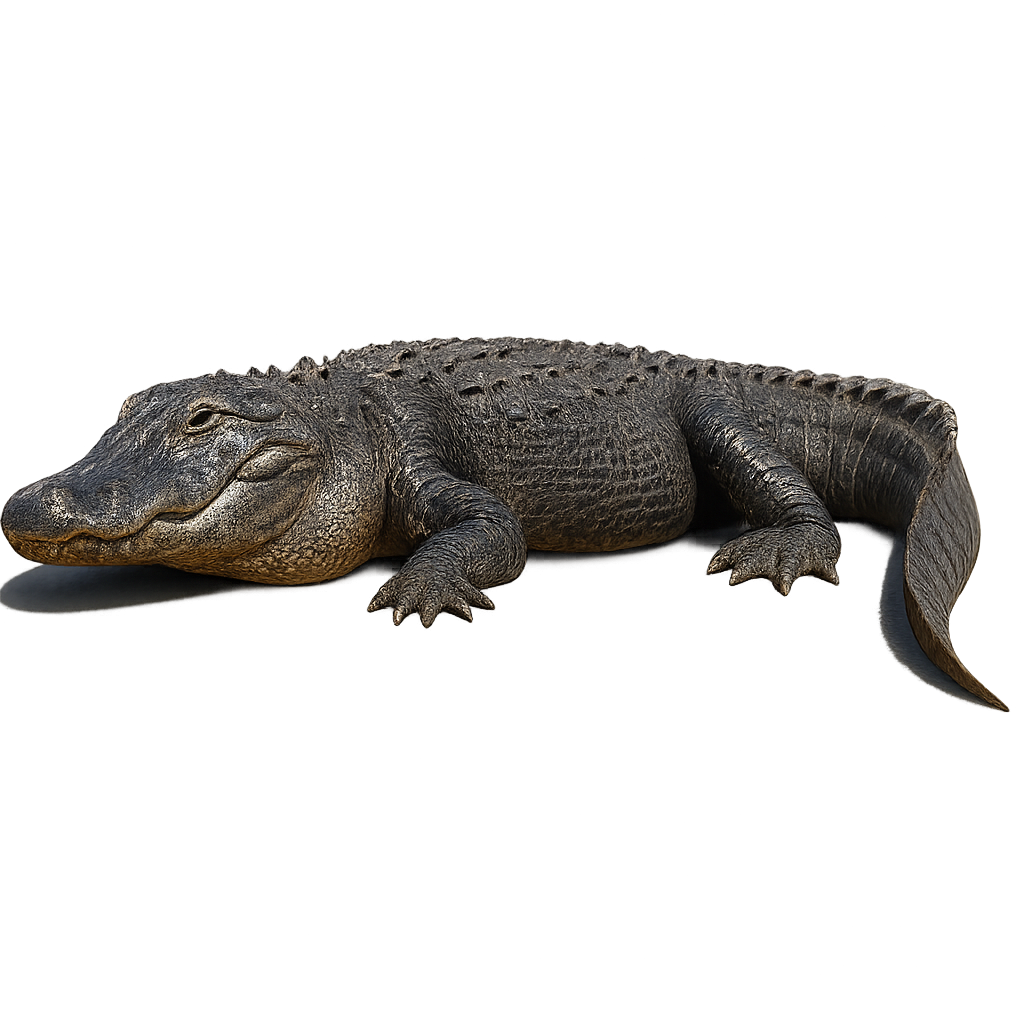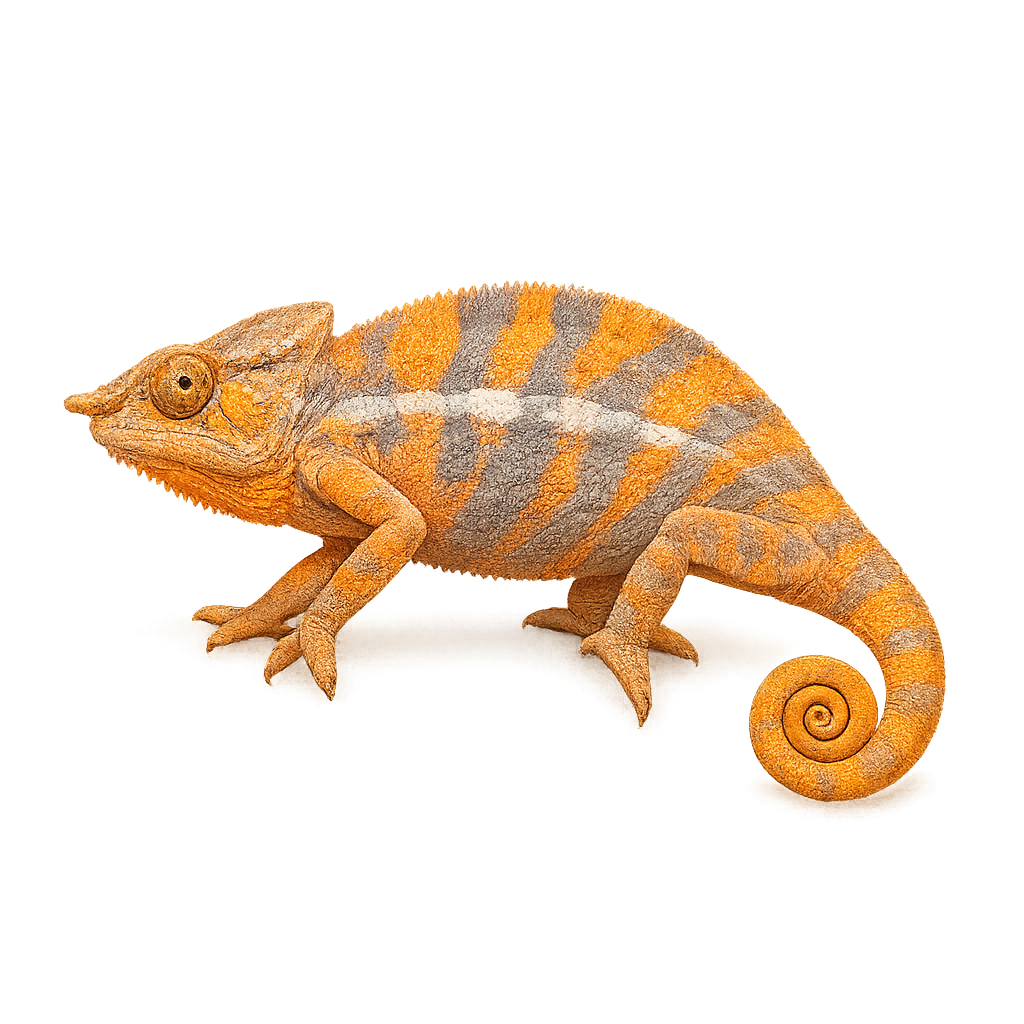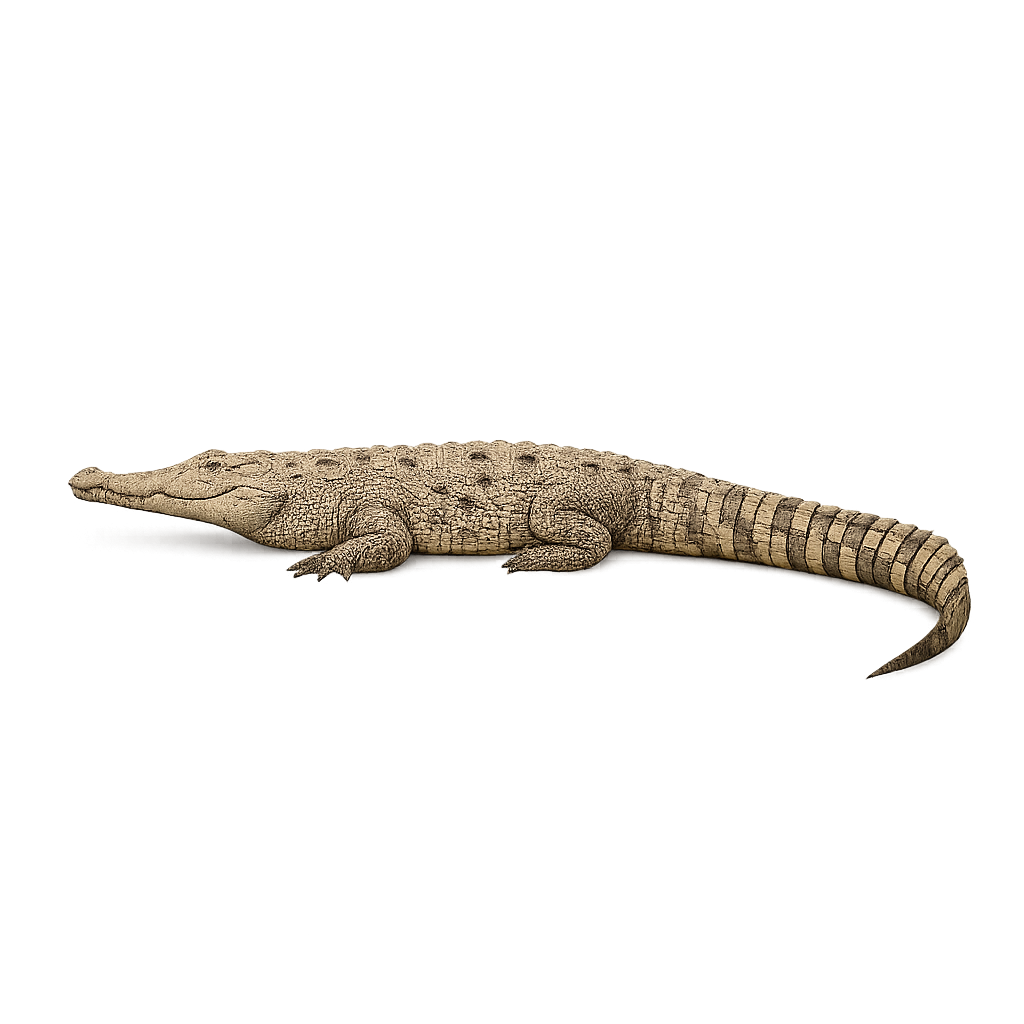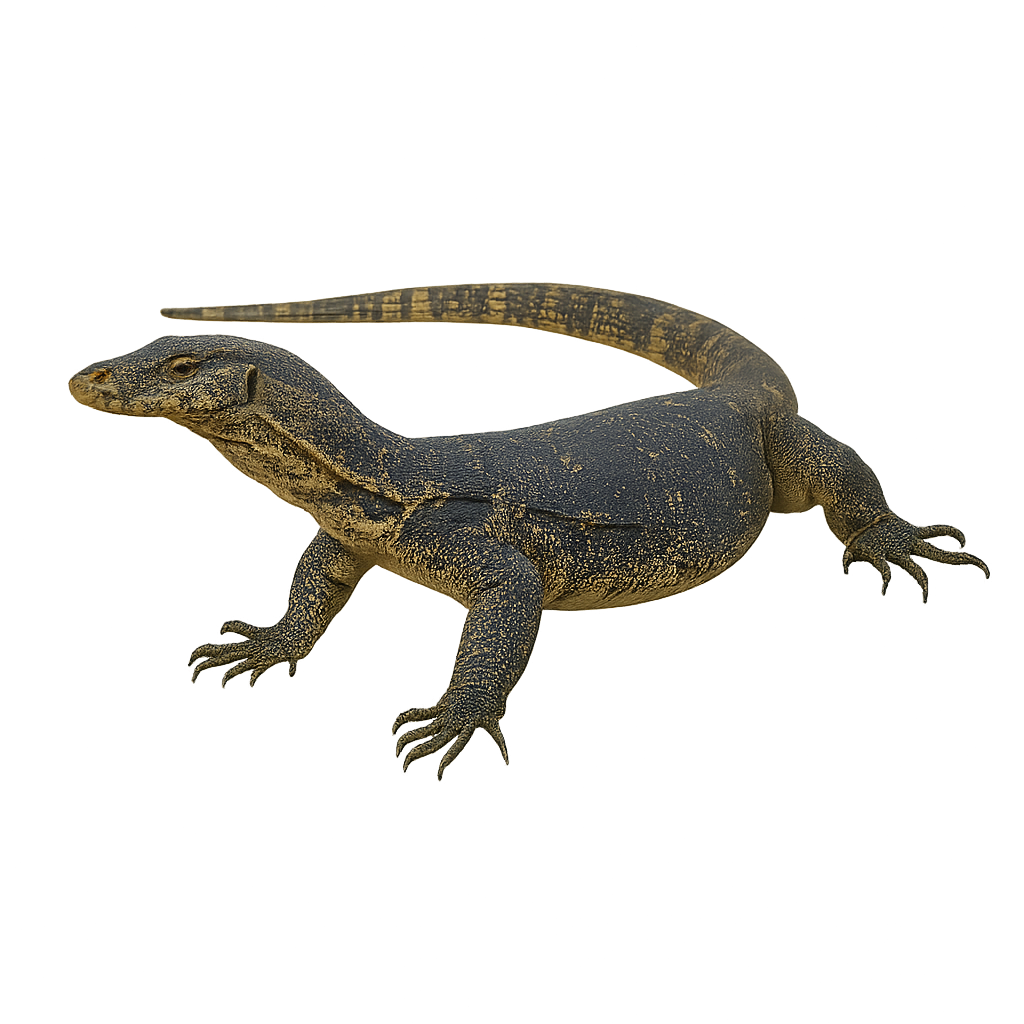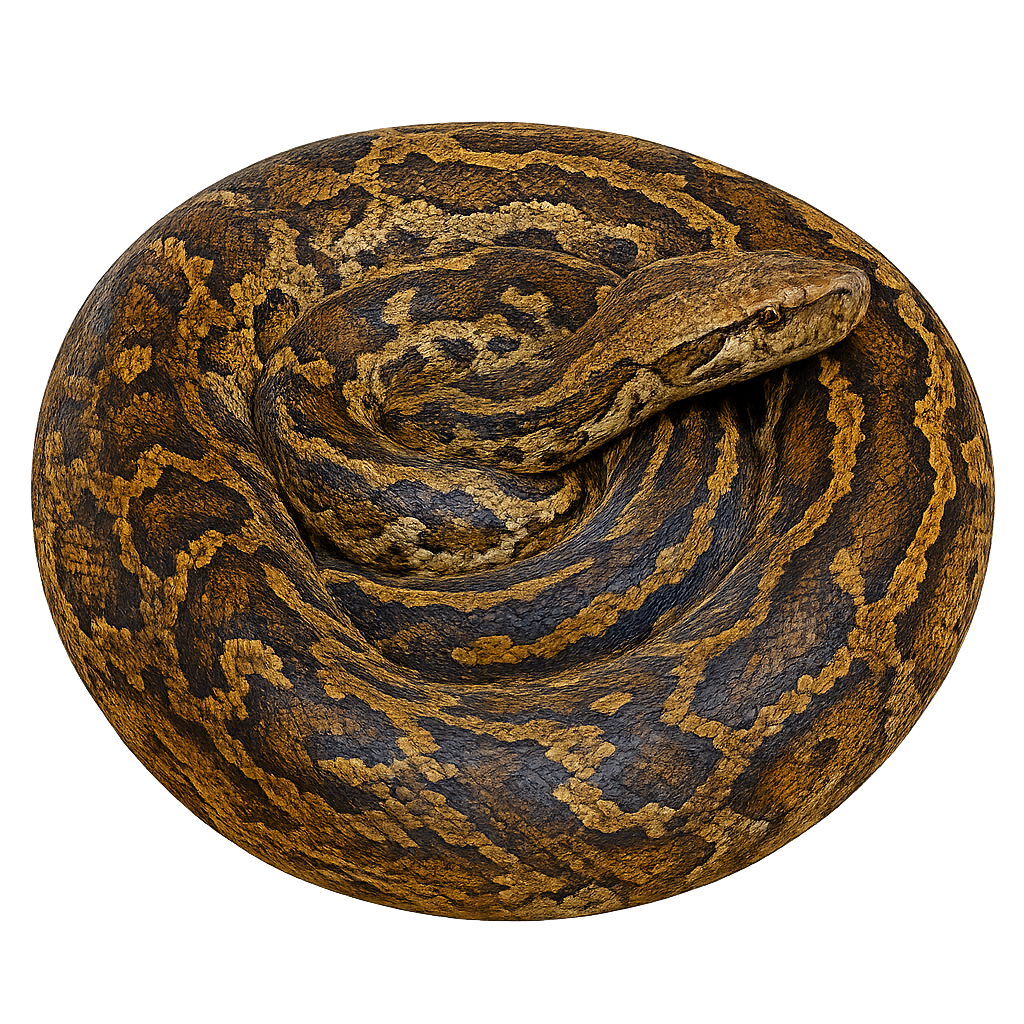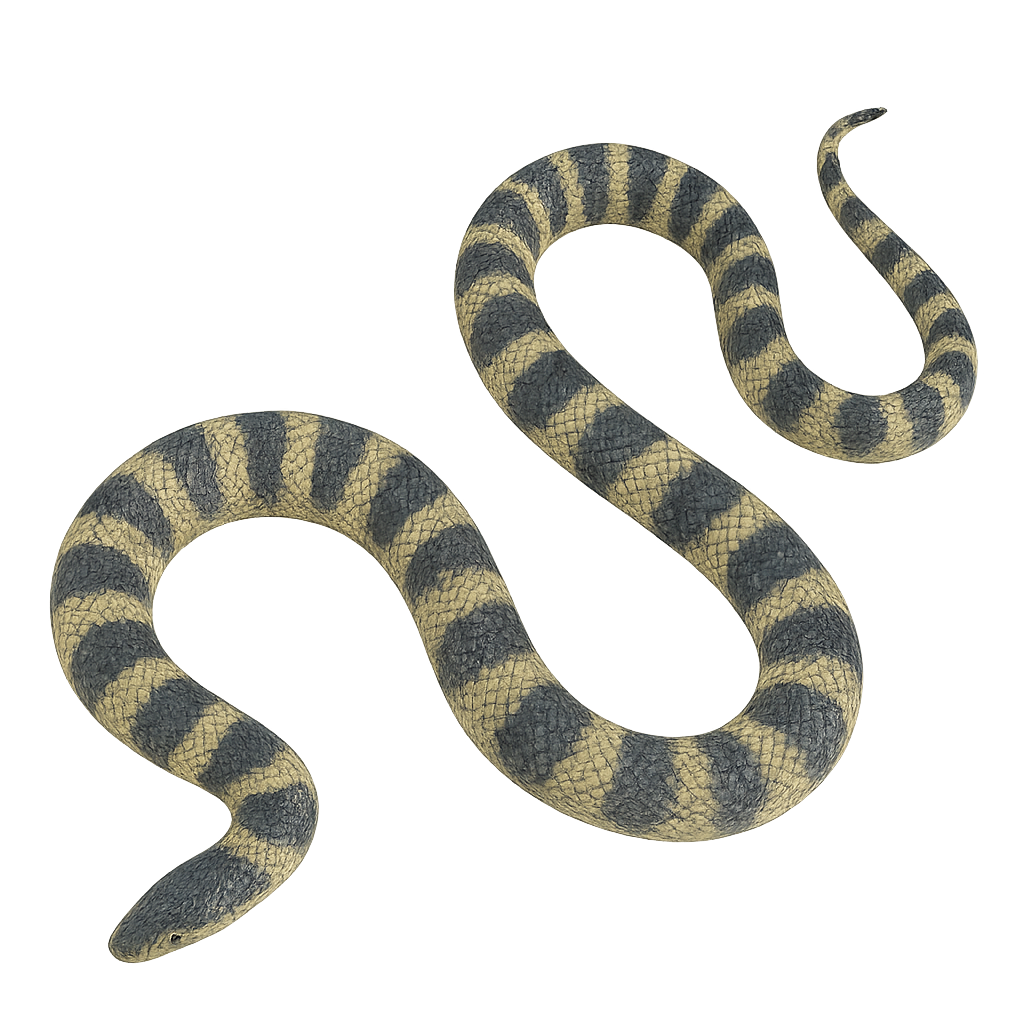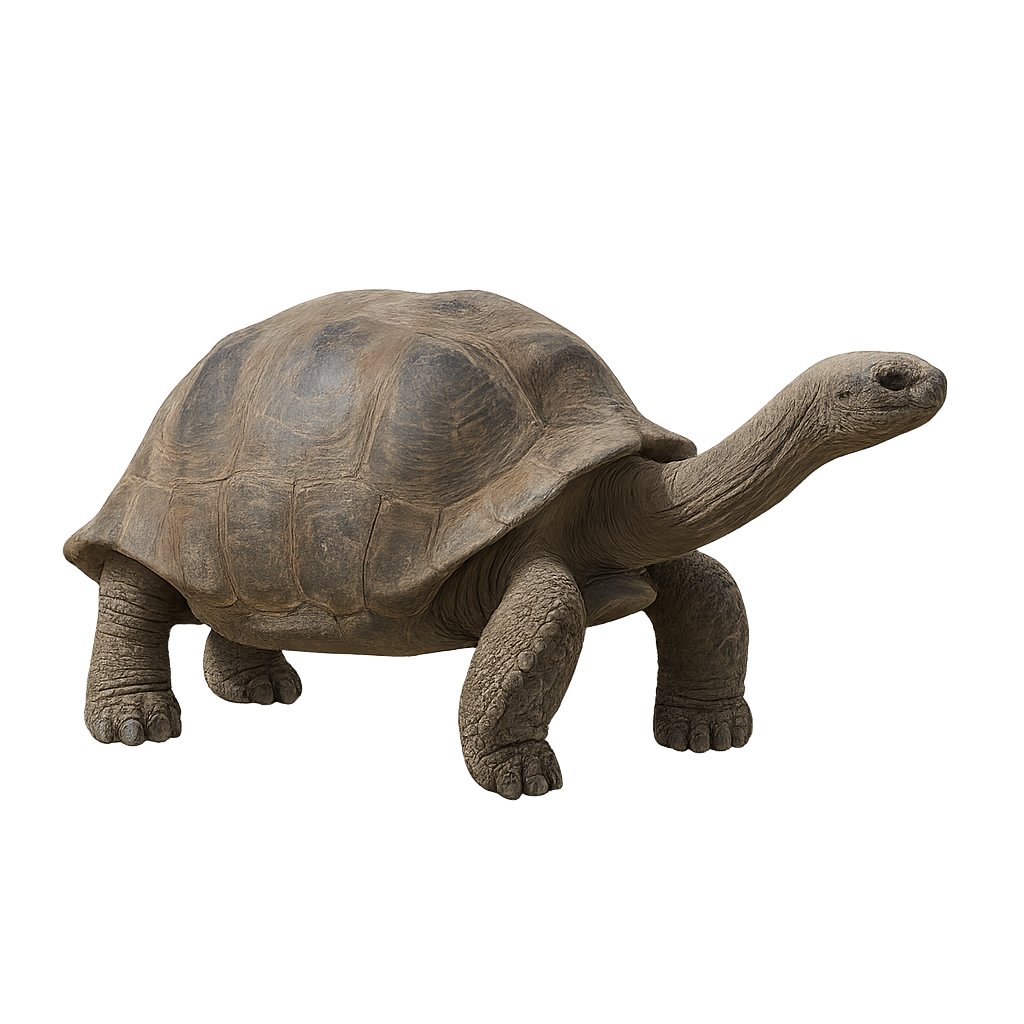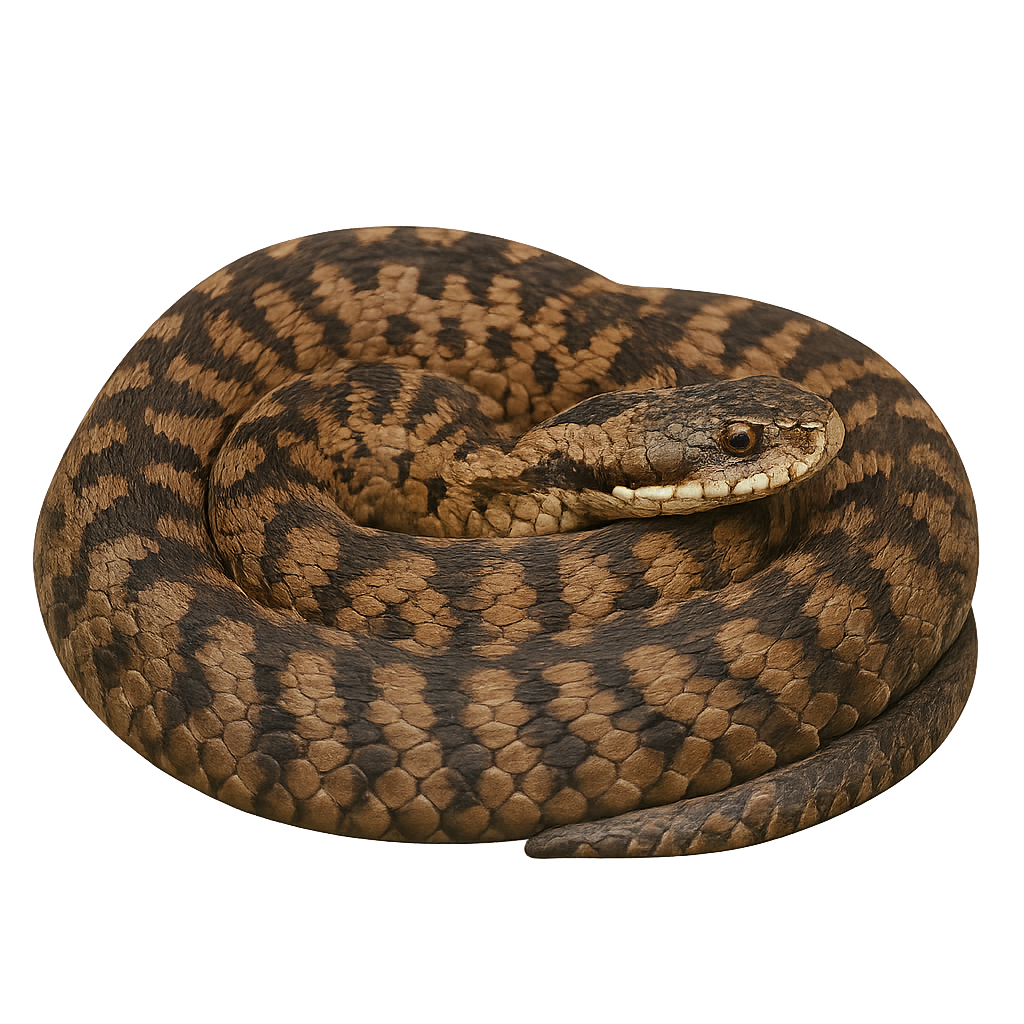Your wildlife tracking tool..
Browse 2,846species by country, track observations, and plan your photo outings.
Your global reference for wildlife photography
WildlifePhotographer gives you access to over 2,846 wildlife species sheets to help you identify, understand, and photograph wildlife around the world. Mammals, birds, reptiles… each sheet provides key information: habitat, activity, life cycle, signs of presence, and tailored photo tips.
Our database grows every week with new iconic species. To go further, access maps, reminders, logs, and personalized statistics in the app — designed to meet the real needs of wildlife photographers in the field.
Alligator
Alligator mississippiensis
The American Alligator d'Amérique, often simply referred to as the Mississippi Alligator d'Amérique, is an imposing and formidable reptile, easily recognizable by its dark skin and sharp eyes. It primarily inhabits the swamps, rivers, and lakes of the southeastern United States, where it is a top predator in the food chain. The alligator is an opportunistic hunter, feeding on fish, birds, small mammals, and even carrion. It has a remarkable ability to adapt and can survive in various environments, from freshwater swamps to salty coastal areas.
During the breeding season, males emit powerful calls that echo through the swamps to attract females, and nests are built in strategic locations to maximize egg protection.
Angel's Chameleon
Furcifer angeli
The Angel's Chameleon, Furcifer angeli, is a chameleon species endemic to Madagascar. This reptile displays vibrant colors, ranging from green to blue, with distinctive patterns that allow it to blend into its natural environment. It is primarily arboreal, living in the island's humid tropical forests. Its average size is about 20 to 25 cm, making it relatively small compared to other chameleon species. It mainly feeds on insects, which it captures with its extendable tongue. Habitat conservation is crucial, as deforestation threatens its survival. Although little studied, it is considered a vulnerable species.
Aesculapian Snake
Zamenis longissimus
The Aesculapian Snake is a non-venomous, long and slender snake that can reach up to 2 meters in length. Its coloration ranges from olive green to brown, with smooth scales and a metallic sheen. It inhabits temperate forests, hedgerows, fallow lands, and rocky areas, often near human settlements. It is diurnal and arboreal, primarily feeding on small mammals, birds, lizards, and eggs. Reproduction occurs in spring, with 2 to 18 eggs laid and incubated for 6 to 10 weeks. Protected species in Europe, it is listed as Least Concern by the IUCN.
American crocodile
Crocodylus acutus
The American Crocodile, also known by the scientific name Crocodylus acutus, is a large reptile distinguished by its impressive size and broad distribution. It can reach lengths of 6 to 7 meters, although some individuals can exceed this size. Its body is covered with green to gray scales, often speckled with darker patches, which help it blend perfectly into the brackish waters and marshlands of its habitats. The American crocodile primarily lives in coastal and estuarine areas, where it feeds on fish, birds, and small mammals. It is an opportunistic hunter and can occasionally capture large prey when they venture too close to the water. This reptile is semi-aquatic and spends a significant amount of time in the water, but it is also capable of moving on land. Regarding migration, the American crocodile is relatively sedentary, although it can travel long distances along the coast depending on environmental conditions. It is listed as vulnerable due to habitat loss and intensive hunting for its skin. Potential Threats: habitat loss due to coastal development and water pollution, illegal hunting for its skin and meat.
Asian water monitor
Varanus salvator
The Asian water monitor is a large lizard belonging to the monitor family. It is widely distributed across Southeast Asia and primarily inhabits wetland areas, particularly near rivers, swamps, and lakes. A carnivore, it feeds mainly on fish, amphibians, small mammals, and insects. Capable of swimming and climbing with agility, it is an excellent predator. While not considered threatened, it faces threats due to habitat loss and hunting.
African rock python
Python sebae
The African rock python is one of the largest snakes in Africa, reaching lengths of up to 7 meters. It has a robust body covered in intricate patterns of brown, yellow, and black scales, providing excellent camouflage in its natural habitat. This primarily nocturnal snake preys on a variety of animals, from rodents to antelopes. Although non-venomous, it kills its prey through constriction. Often found near water, it is an adept swimmer. Its presence is crucial for ecological balance, yet it faces threats from hunting and habitat loss.
Annulated sea snake
Hydrophis cyanocinctus
The annulated sea snake is a highly venomous marine elapid, 1–1.5 m long, identifiable by its black and yellow rings covering its slender, elongated body. It inhabits coral reefs, tropical seagrass beds, and shallow lagoons of the Indo-Pacific, feeding on fish and small bony fishes. Solitary and elusive, it employs sinuous undulations and visual cues to hunt.
Aldabra giant tortoise
Aldabrachelys gigantea
The Aldabra giant tortoise, scientifically known as Aldabrachelys gigantea, is one of the largest land tortoises in the world. Native to the Aldabra Atoll in the Seychelles, it can weigh up to 250 kg and measure over a meter in length. Its domed shell and sturdy legs allow it to move slowly but steadily across its island habitat. As a herbivore, it primarily feeds on grasses, leaves, and fruits. This tortoise is a symbol of longevity, often living over 100 years. Although protected, it remains vulnerable to threats such as habitat loss and climate change.
Asp viper
Vipera aspis
The Asp Viper is a venomous snake species found primarily in rocky areas, meadows, and forests of Southern Europe, notably in France, Spain, Italy, and Switzerland. It typically measures between 60 and 80 cm in length, although some individuals can reach up to 1 meter. Its color ranges from gray to brown, with a zigzag pattern on its back and a distinct triangular head. The Asp Viper primarily feeds on small mammals, lizards, and birds. While venomous, its poison is generally harmless to humans, though bites do require medical attention. It is a protected species in many regions but is threatened by habitat loss and human persecution.


